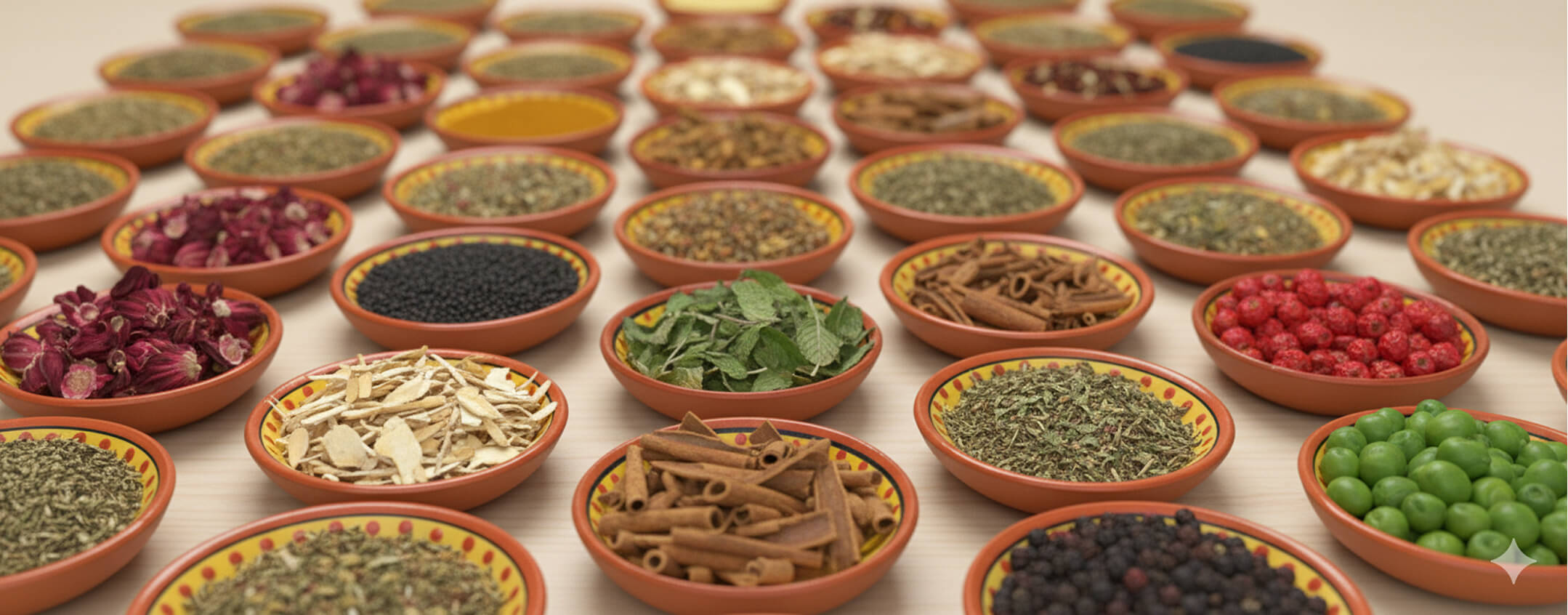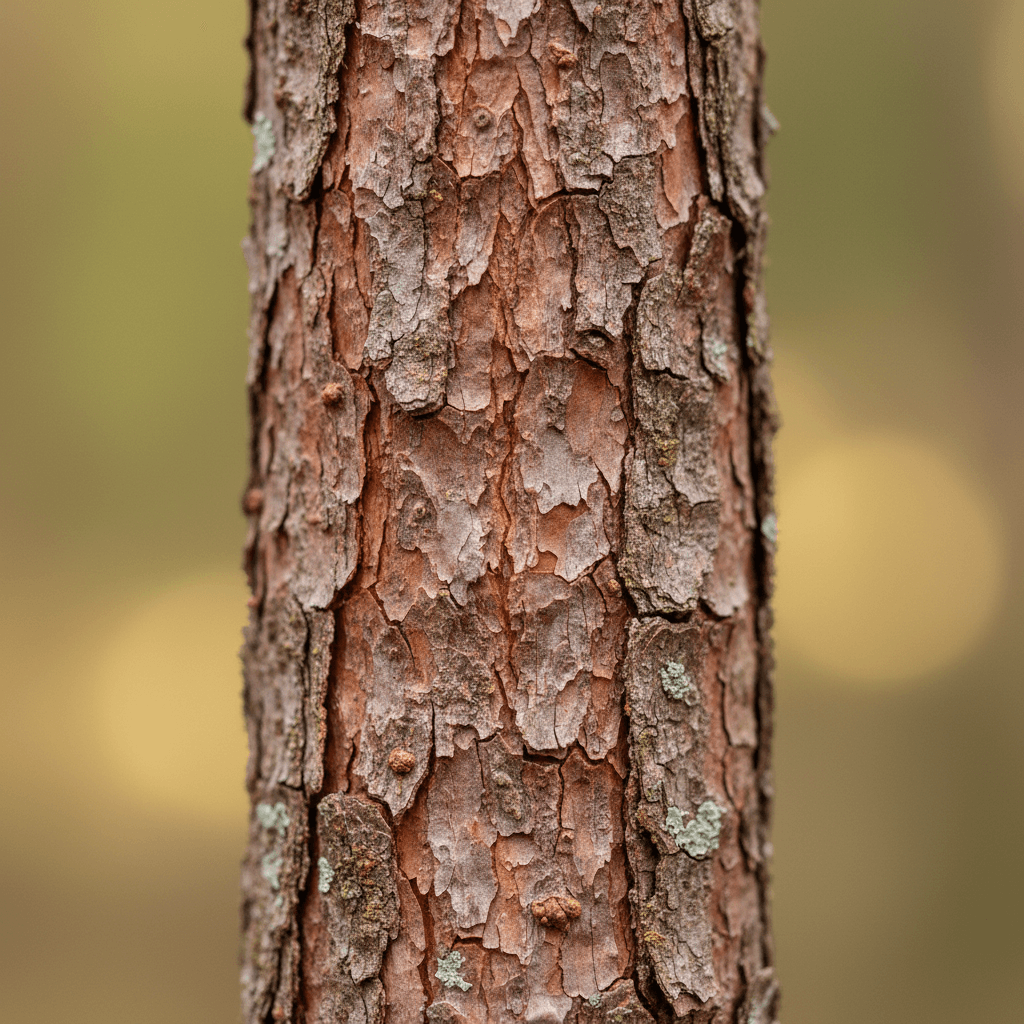Slippery Elm Bark
Ulmus Rubra

Herbs

Slippery Elm Bark
- Demulcent
- Emollient
- Anti-inflammatory
- Nutritive
- Inner bark
- Mild
- Slightly sweet
- Mucilaginous
- Cooling
- Moistening
- Digestive health
- Throat soothing
- Urinary tract support
- Wound healing
Slippery Elm Bark, derived from the inner bark of Ulmus rubra, is a soothing and nutritive herb long used in Native American and Western herbal traditions. Its mucilaginous properties make it especially valuable for calming irritated tissues.
Digestive Health: Slippery Elm coats and soothes the digestive tract, providing relief from heartburn, gastritis, ulcers, and irritable bowel syndrome. It acts as both a demulcent and mild laxative, supporting gentle elimination.
Throat Soothing: Widely used for sore throats and coughs, the mucilage in Slippery Elm creates a protective layer that reduces irritation and promotes healing.
Urinary Tract Support: Its soothing action extends to the urinary tract, where it helps relieve inflammation, irritation, and discomfort during infections.
Wound Healing: When applied topically, Slippery Elm can be used as a poultice to help heal burns, wounds, and skin irritations, thanks to its emollient and anti-inflammatory properties.
Traditionally, Slippery Elm was a staple survival food, prepared as gruel for the sick or weak due to its high nutrient content and gentle digestibility.
Incorporating Slippery Elm Bark into your regimen can provide broad benefits for soothing mucous membranes, supporting digestive and throat health, and promoting tissue healing.

